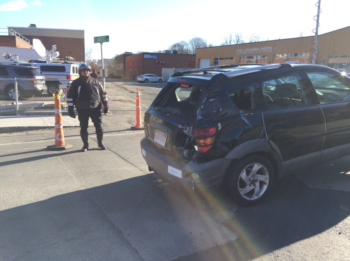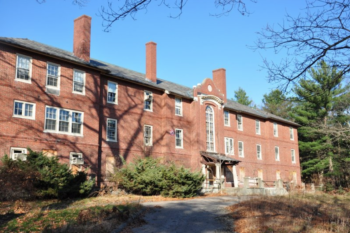Photo: David Kale
The novelist Thomas Wolfe famously said, “You can’t go home again.”
Apparently, David Kale is ignoring that advice.
The lifelong Cambridge resident will decamp as Belmont’s Town Administrator in mid-March to become his hometown’s Assistant City Manager for Finance, according to a press release issued late Thursday, Jan. 19 by Cambridge City Manager Louis DePasquale.
Kale returns to Cambridge city government having served previously as the city’s Director and Deputy Finance/Budget Director from 2003 to 2012.
Kale was in the final six months of a second three-year contract ending in July 2017.
While sudden, the news of Kale’s departure was not shocking to most in Belmont government circles.
“It was really no surprise that [Kale] would be leaving,” said Selectmen Chair Mark Paolillo Thursday, noting Kale’s strong ties to Cambridge and the knowledge that Belmont’s neighbor would be seeking his expertise in finance and budgeting for its operation.
“It’s a great job for him, a real step up in his career,” said Paolillo.
While saying Kale’s departure “will be a real loss to the town,” Paolillo said a committee would be assembled “soon” to begin the search for Kale’s replacement.
We have a fiduciary obligation to do a broad search for a replacement,” said Paolillo.
Paolillo said he hopes the board will appoint Assistant Town Administrator Phyllis Marshall as interim Town Administrator until a new chief administrative officer for the town is selected. Paolillo said Marshall would be welcomed to apply for the position.
Kale was named Belmont’s town administrator in June 2012 after a contentious decision. Paolillo said Kale was instrumental in implementing the successful “one town, one budget” process in which schools and municipal departments worked collaboratively in creating the annual budget.
“[Kale] was politically astute … and he really tried to work towards a consensus on what was best for Belmont,” said Paolillo.
“He was not a reactive town administrator. David was always thinking about the next step and working towards filling the needs of the town. I’ll miss that the most,” he said.
Paolillo said Kale would stay to lead the town through the initial part of the budget process which is currently underway.
- Directs and manages the delivery of municipal services, except those under the jurisdiction of the independently-elected authorities;
- Provides leadership to the Selectmen for strategic planning; and,
- Serves as the Director of the Office of the Board of Selectmen.


